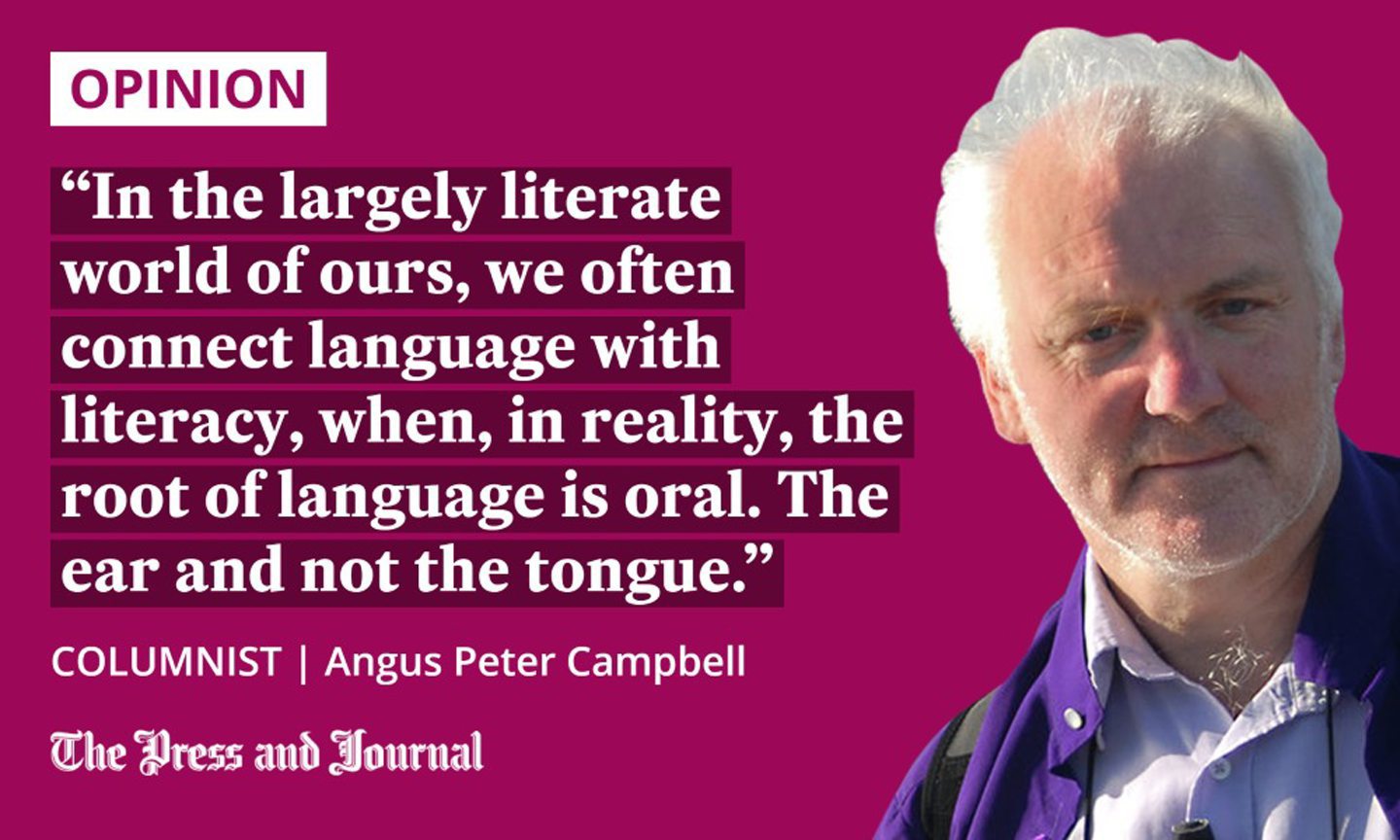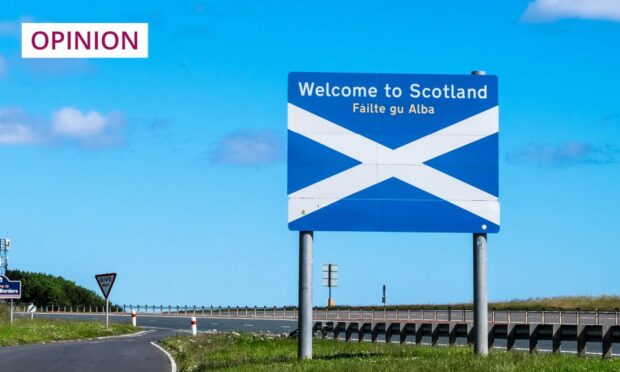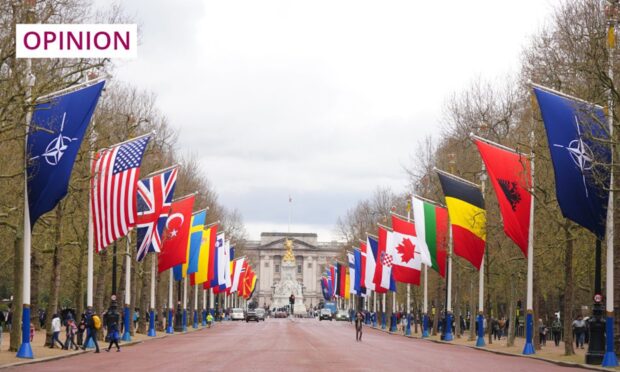My esteemed immediate boss at this paper, the opinions editor, corrected my spelling recently.
That’s not any great surprise, since my spelling in this second, foreign language of mine is pretty haphazard. And, no wonder, for English is such a strange language.
Let’s take the word “true”, for example. When I hear it, I wonder to myself: “Now, is that ‘true’ in the sense of all these words Mr Boris Johnson speaks? Or is it ‘through’, as in: ‘Ross County are “through” to the finals of the Champions League’? Or is it ‘threw’, as in: ‘The great Highland Games heavy athlete, the late, great Bill Anderson, once “threw” the hammer from Aboyne to Braemar’?”

But the spelling “mistake” I made in my column a month ago had to do with my native Island of South Uist, which I spelt as Sous Uist. Now, dear Ms Watson, that’s no error. It’s just the way we say it there.
And the reason is that, in our native Gàidhlig language, the “th” is silent and not pronounced or said, as in the English. So that in the famous elementary Gàidhlig phrase: “Ciamar a tha thu?” (“How are you?”), neither of the “th” sounds are pronounced. So that, phonetically, you would say it as something like: “Kemar a ha oo?”
One of the consequences is that, when traditional native Gàidhlig speakers then come across the “th” letters, they instinctively don’t sound them, and, in the south end of South Uist anyway, tend to replace the “th” sound with an S sound. Hence, South Uist becomes Sous Uist. So, Ms Opinions Editor, I was right all along!
[Editor’s note: Tha mi duilich, Aonghas!]
Extra-difficult Eye Spy
I only mention all this just to give me a chance to tell one of my favourite stories. Or jokes, as they call them in English.
The road squad were out working fixing all those potholes on the single-track road. But, unfortunately, and as usual, it was raining. You know, that sort of pouring rain when not even an oilskinned and wellingtoned Uibhisteach can work outside.
So, the team retreated into the works hut. And it rained and poured. And snowed. And, finally, they got so fed up that Archie suggested they play Eye Spy.
When it came to his turn he said: “I spy with my little eye somesing beginning with S!” And the lads did their best. Sausages! Sweeties! Sement! Semmit! Stockings! Spoon! Snow! Spade! But finally gave up, and Archie had to give them a clue: “Och boys, you’ve been drinking from it all the time we’ve been playing the game! It’s the Sermos (Flask)!”
It’s all about the sound
The serious point in all this fealla-dhà (joking or jesting) is that all languages differ. Some are ideographic and some pictographic, and we have sign language and braille which rely on sight and touch. The reality is that all languages rely on a remarkable mixture of all of the senses.
And, just as an extra aside, the good people of Sous Uist go “up sous” when going in that direction, and “down north” when heading towards cold foreign northerly climes like Nors Uist, Harris and Lewis. So, basically, up is down and down is up, which means we defy gravity.
Even if we don’t know the language someone is speaking, we can often work out what is being said by a mixture of body language and hand signs and eye movements and gestures. Even a Leòdhasach and a Barrach can generally work out what the other is saying by the tilt of the former’s bunnet and the shape of the latter’s wellington boots.
Despite globalisation, it’s still a joy to hear the Dingwall accent, which differs from the Inverness one, and the Aberdonian from the Dundonian
But, mostly, it depends on sound. And how delightful the sound of a language is. Despite globalisation, it’s still a joy to hear the Dingwall accent, which differs from the Inverness one, and the Aberdonian from the Dundonian.
For, in the largely literate world of ours (after all, this is a newspaper), we often connect language with literacy, when, in reality, the root of language is oral. The ear and not the tongue. Which is why we should listen twice as much as we speak, the good Lord having given us two ears and one tongue!
Listen more than you speak
Fluency in language has as much to to with listening as with speaking. Which is part of the challenge facing a minority language like Gàidhlig.
BREAKING NEWS🚨
We've hit 1 MILLION Scottish Gaelic learners on @duolingoUK! We're also working with @SabhalMorOstaig to make the course bigger and better 🏴
What's stopping you? Learning is free, and takes just 10 minutes a day! https://t.co/00EVwXpJTR pic.twitter.com/lZ3uJuZx5q
— Duolingo UK 🇬🇧 (@duolingoUK) March 24, 2022
If you’re learning it, through lessons or videos or on the internet, outwith an actual daily speaking community, the opportunities to use it – not just to speak it, but to hear it – are limited. So, listen to Radio nan Gàidheal, for example, as much as you can!
Anyway, once Archie finished his shift on the road, he was walking back home and heard the voice from the ditch. Someone shouting: “Help. I’m sinking.”
“Oh?” Said Archie, “and what are you sinking about?” And that is how existentialism began.
Angus Peter Campbell is an award-winning writer and actor from Uist



















Conversation